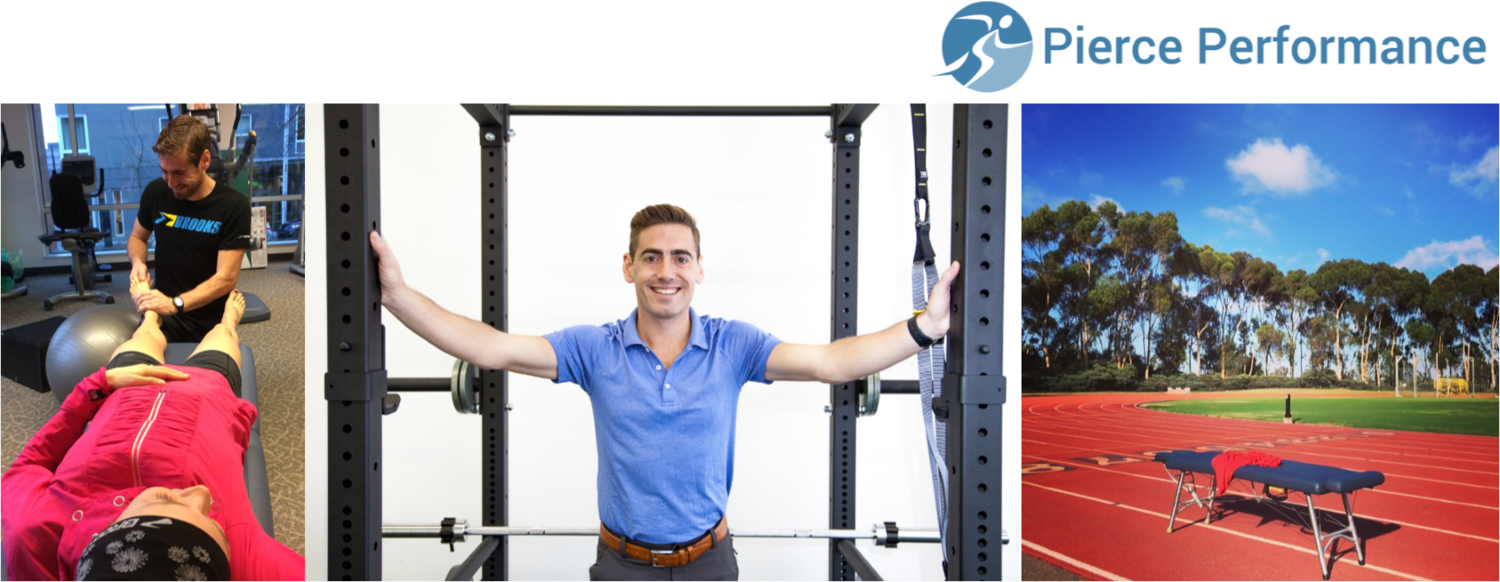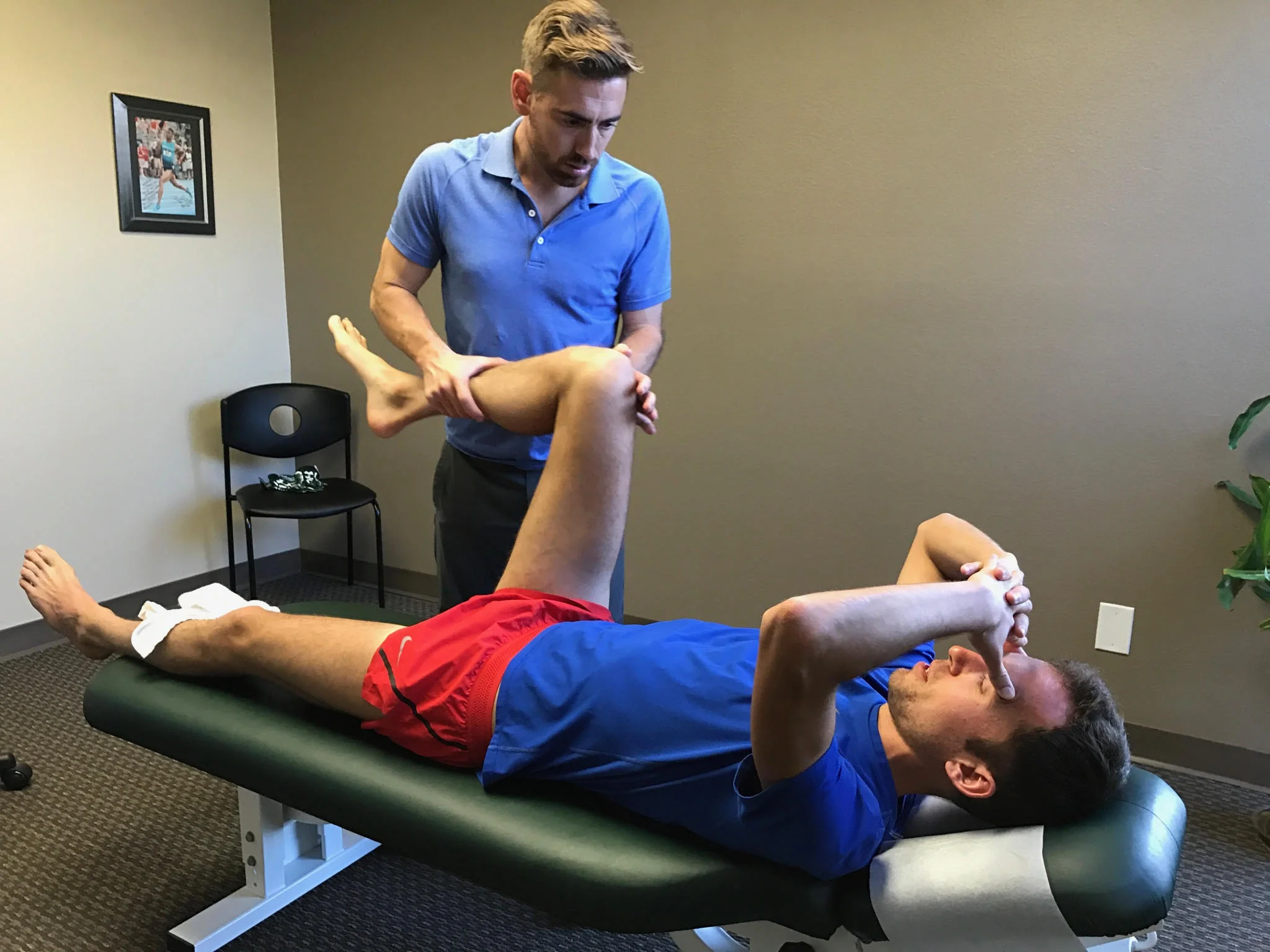I recently had a conversation with a very good Masters CrossFit athlete with whom I had begun working. About a week later she informed me that she had been discussing injuries, nagging pain, and injury prevention with many of her cohort. She was surprised to learn that many of them frequently suffer from nagging pains and small injuries, which hinder their training and performance, and ultimately their ability to reach goals and operate at their potential.
This woman expressed that many of these athletes simply didn’t know where to turn for help in this situation. At a time when there are huge numbers of masters and recreational level athletes, with many of them pursuing sport at a more serious level than previous generations, this gap in knowledge and assistance for them struck me as odd. I think a certain rigid mindset on our part as practitioners deserves part of the blame and a shift in perspective is needed.
I meet frequently with therapists, doctors, and practitioners from all levels, as well as many starting into a career seeking advice, mentorship, and intern opportunities. Too often I see young practitioners head down the path of: “I’m going to be X (fill in the blank type of provider) So that I can do Y kind of work.”
I think the better approach is; “I’m going to be X, and I want to work with population Y, and the requisite skills and tools I need for this population are Z.”
The point is that to be able to solve problems similar to what this masters athlete faces and to meet the needs of this segment of the population, we can’t fall into the simplistic mindset of:
“I’m a chiropractor, so I adjust joints”
“I’m a massage therapist, so you’re going to lie on the table for 90 minutes in a calm setting”
“I’m a PT, so we are focusing on rehab exercises”.
These practitioners all need a varied toolbox and likely must be able to do many things, first starting with, “Who is the person I want to work with and what does SHE really need at this time?”
As a manual therapist, sometimes I myself lose the forest for the trees briefly, assuming that it’s most important to do some ART on the shoulder, and that’s all the client is there for. But… what if it’s more important that he first understand posture and spinal/scapular mechanics, and then learn some exercises for optimizing this plus reducing the weakness of the shoulder? Often the job really is soft tissue work on the key structures, but there still needs to be an understanding of the full range of the issues and an overarching plan of how (in what order) to tackle them.
In many years of mentoring therapists from all backgrounds in various settings, perhaps one of my biggest pet peeves is the therapist doing a good visit, and then sending the client away without any home care or lifestyle reminders. I see this most often in younger, less experienced practitioners.
As a performance expert, with my athletes, I try to use all the available tools, including those of my colleagues and the network around me, with the question of “what does this person need most at this time?” constantly before me. For a problem such as the above masters athlete, it may take more than one of the following to do the job and get her to her goals:
- Soft tissue work/manipulation
- Understanding joint mechanics, ligamentous proprioception, joint pumping, rehab/band work
- Mechanics of sport/event
- Posture, both in life and during training/technical execution
- Lifestyle:
- Hydration
- Nutrition
- Stress
- Strength (specific or global)
- Rehab/prehab work
- Other sports med interventions, too many options to name (refer out)
I think we can help greater numbers of people succeed, and help them find us as practitioners, by assembling our total tool kit early in the process. We must realize that to help different people who walk through our doors, we have to be attentive, in tune, and adaptable, giving them first what they most need and not what we think it is that “we do”. In the end, a practitioner can build up his/her network, expertise, reputation, income, and ultimately effectiveness by taking this approach.
Thanks for reading.
Jonathan


